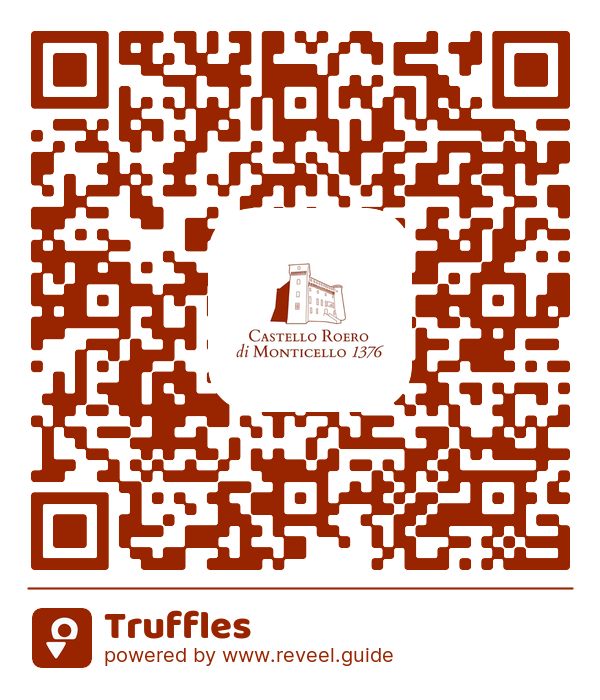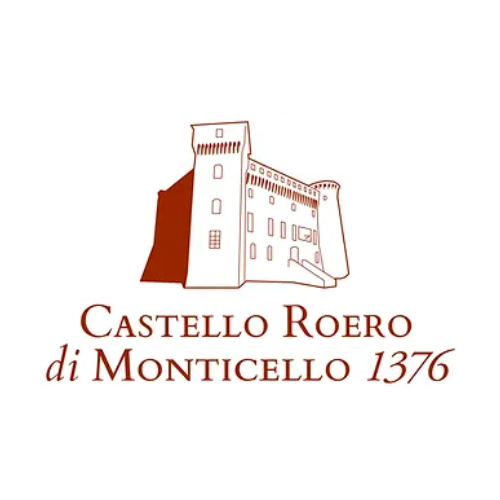Truffles



Truffles
General Characteristics
The truffle is the underground fruiting body of an Ascomycete fungus; it is usually globular in shape and forms a mycorrhizal symbiosis with the roots of certain forest trees.
The science that studies truffles is called mycology.
The main species belong to the genus Tuber.
Spore dispersal occurs through animals known as mycophagists.
The typical penetrating aroma emitted by truffles once they are mature serves to attract these animals.
Medieval chronicles already praised the entire Monferrato region as an excellent truffle-producing area.
There are 13 species for which harvesting is permitted in Italy, according to the national law of December 16, 1985, no. 752, "Framework regulations for the collection, cultivation, and trade of fresh or preserved truffles for consumption.
White Truffle Tuber magnatum Pico
Very common in the Alba area, it has a fruiting body that is globular to flat, with a maximum diameter of 10 cm and a weight of up to 500 g. The outer peridium is pale ochre and smooth, while the inner gleba is white with marbling.
It prefers humid areas along ditches and canals.
It lives in symbiosis with poplars, willows, linden trees, and oaks.
According to law no. 752/85, its collection is permitted from October 1 to December 31.
Black Truffle Tuber melanosporum Vittad
The prized black truffle of the Langhe has a rounded fruiting body, with pyramid-shaped warts.
The outer peridium is black, and the inner gleba is purplish with whitish veins.
It lives in symbiosis with turkey oak, holm oak, hornbeam, and hazel on well-drained soils.
Harvesting is allowed from November 15 to March 15.
